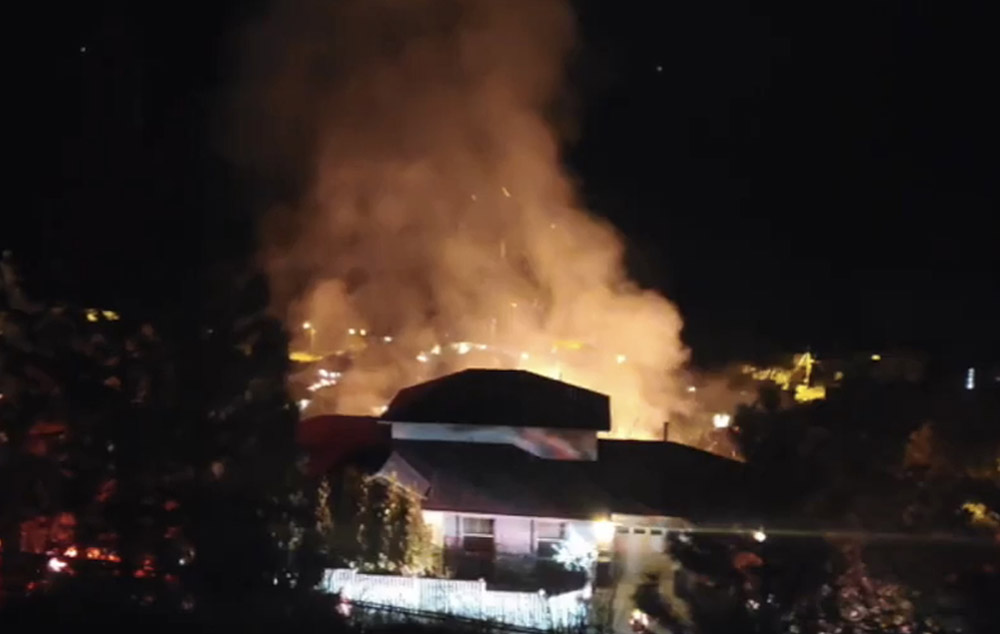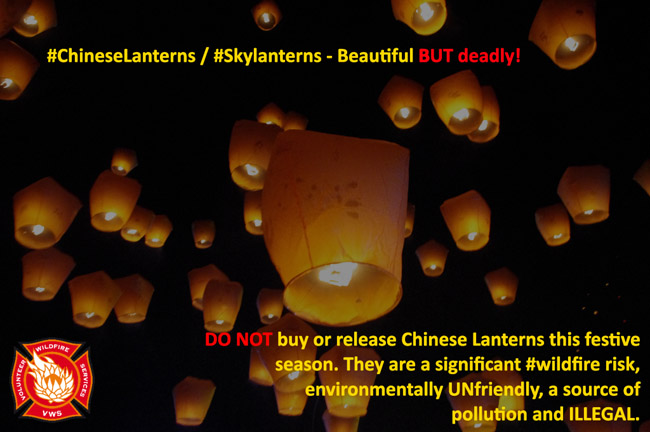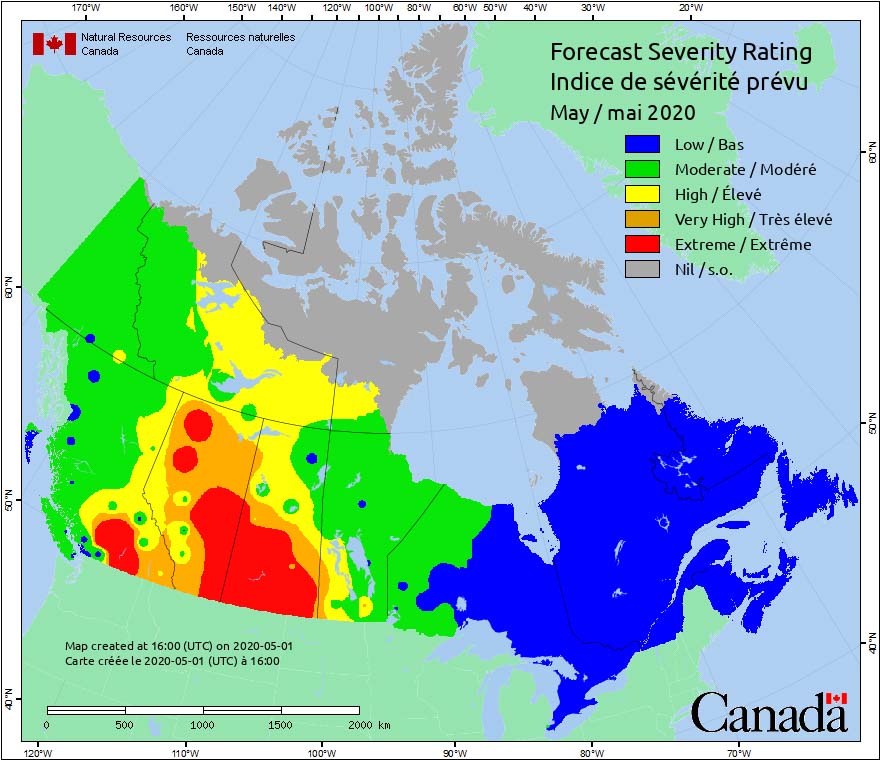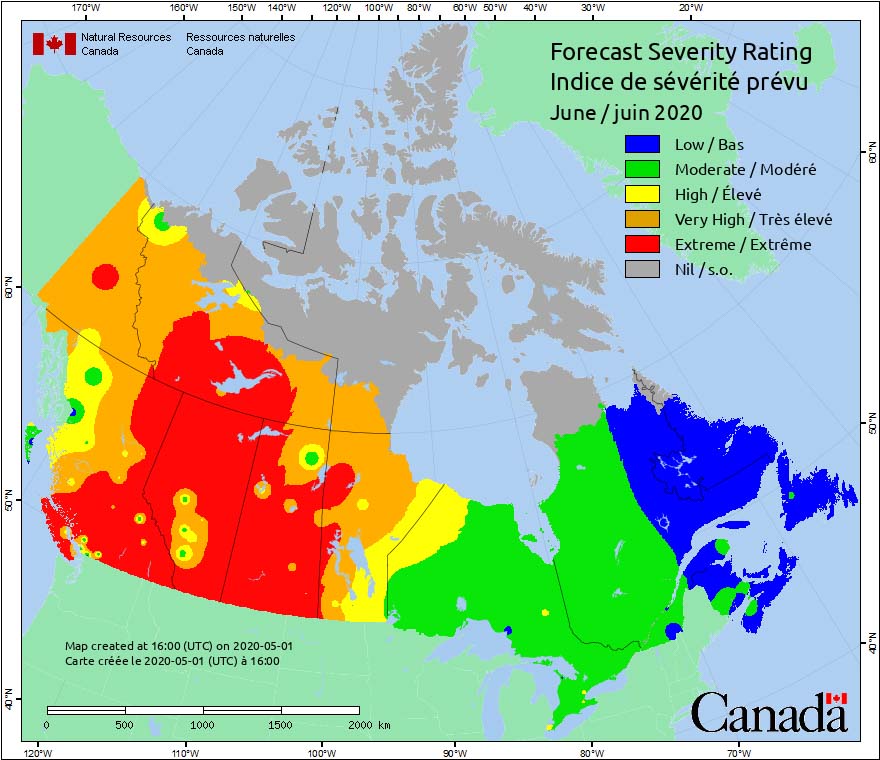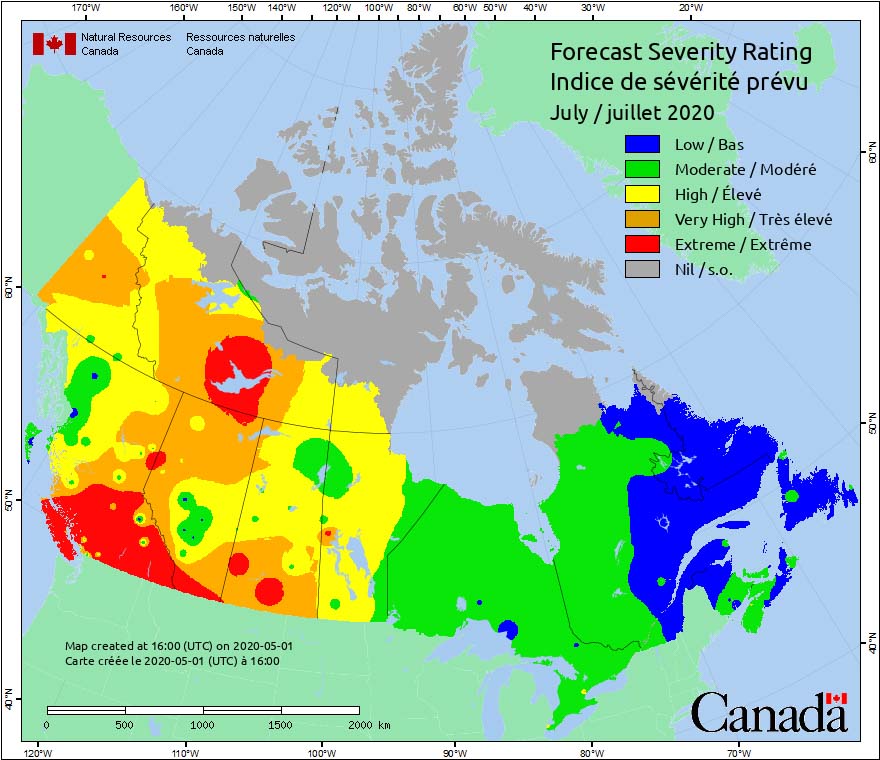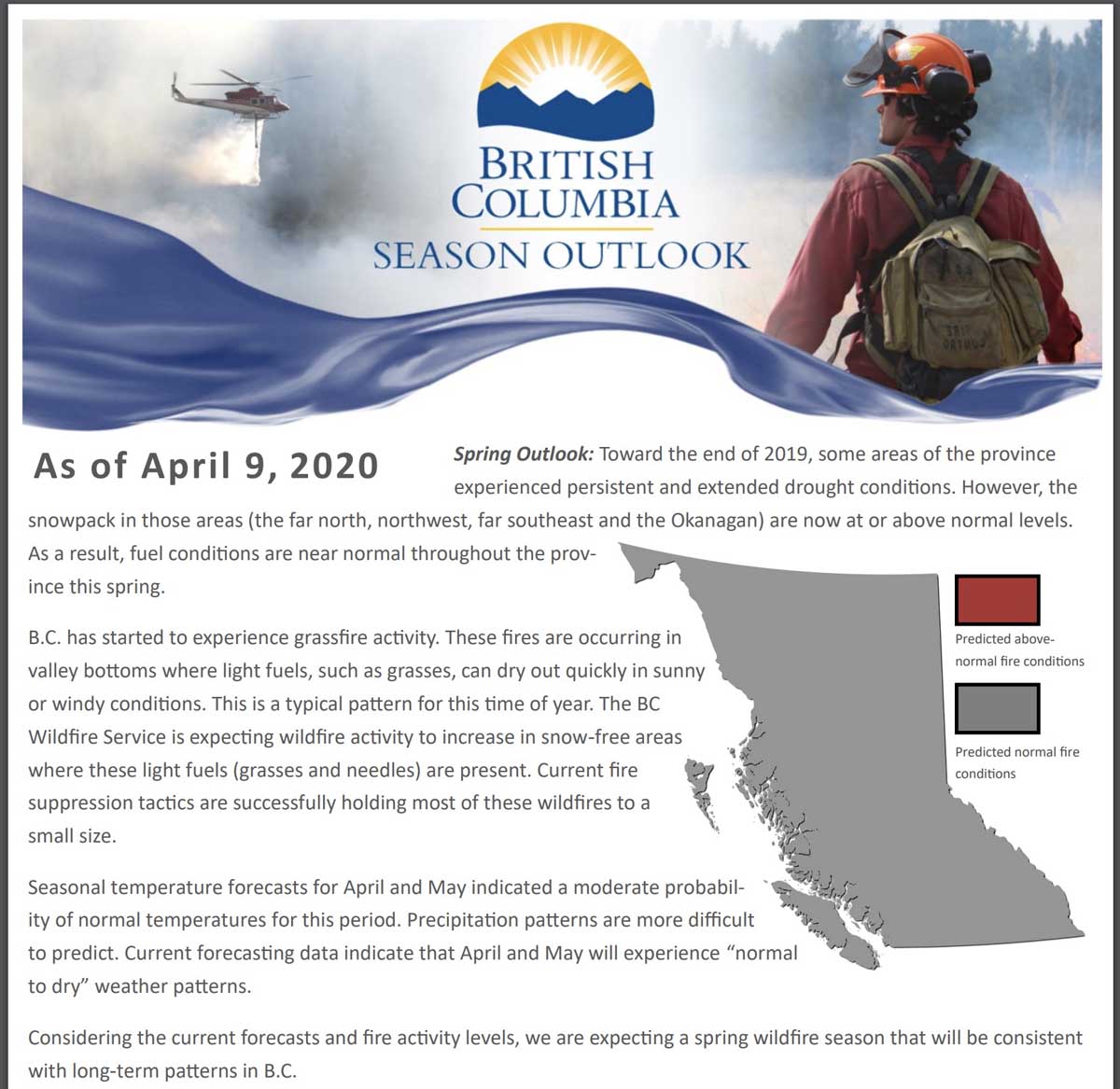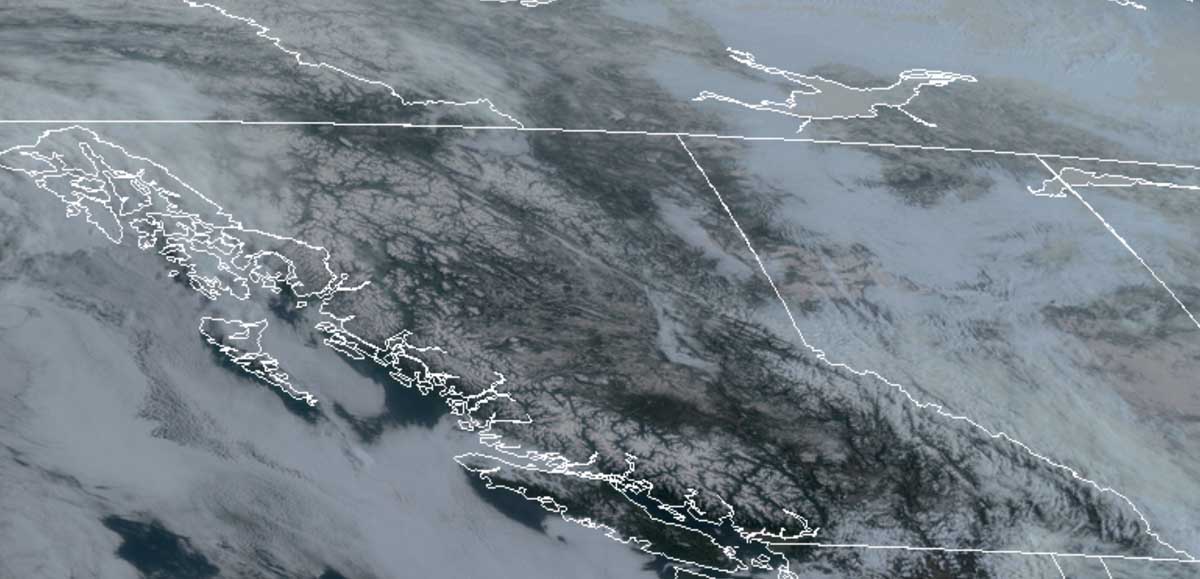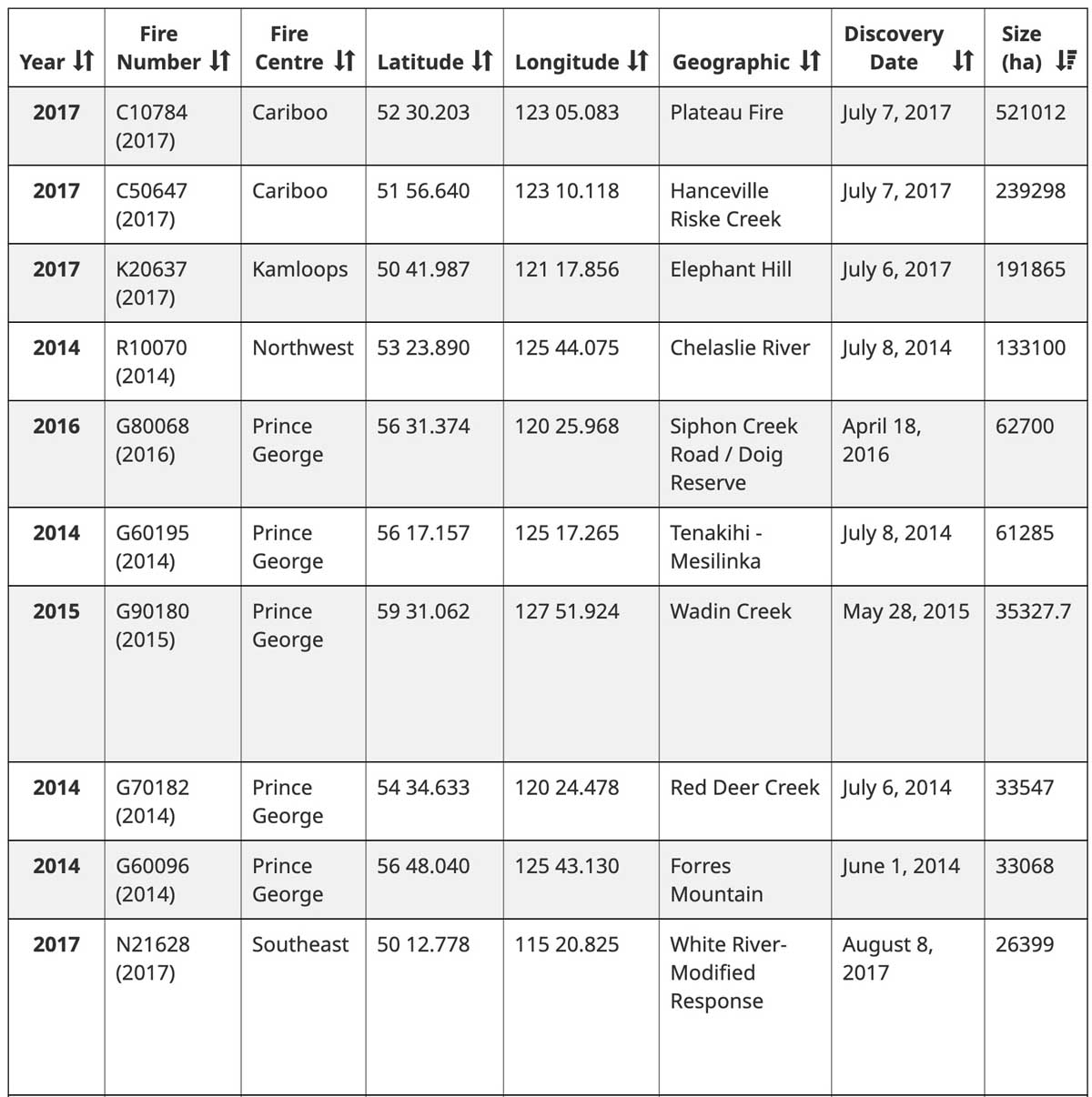
British Columbia is having another year with higher than average wildfire activity due to hot, dry weather in recent weeks.

On Thursday in Lytton, BC the temperature reached 47.9 degrees Celsius (118F), the highest temperature ever recorded in Canada.
Hot weather is expected to continue through Saturday with many areas in the southern part of the province under Weather Alerts for heat where temperatures could reach or exceed 37 degrees Celsius (100F) while the relative humidity will be in the teens. The wind will be moderate in most areas, 5 to 7 mph with gusts to 8 or 10 mph.
Forrest Tower, a spokesman with the wildfire service, said, “We may get a bit of a break from the wind as this ridge kind of has a stable air mass over these fires, but the added challenge is that even if it may not be strong winds, any wind will have a significant influence on these fires.”
June’s extreme heat affected the fatality rate in BC. From the CBC July 29, 2021:
B.C.’s chief coroner has confirmed the majority of people who died suddenly during the week of June’s record-breaking heat wave lost their lives as a direct result of the extreme temperatures.
Lisa Lapointe confirmed in an interview Thursday morning that 570 of the 815 sudden deaths recorded over that time period — 70 per cent — have now been deemed “heat related.”
“[If not] for the extreme heat, they would not have died at that time,” Lapointe said during an interview with CBC’s The Early Edition.
According to Lapointe, 79 per cent of those who died were 65 or older.
As of Wednesday night BC had 248 active fires, 36 of which were designated “fires of note” that were highly visible or posed a potential threat to public safety. The 3,693 personnel assigned to the fires includes 316 from out of the province and Australia.
Currently there are 62 evacuation orders in effect for 3,443 properties.
For weeks the fires in BC have been producing dense smoke that generally spreads to the east and occasionally into the United States.
Here is the smoke forecast for 9 p.m. MDT July 31, 2021.



